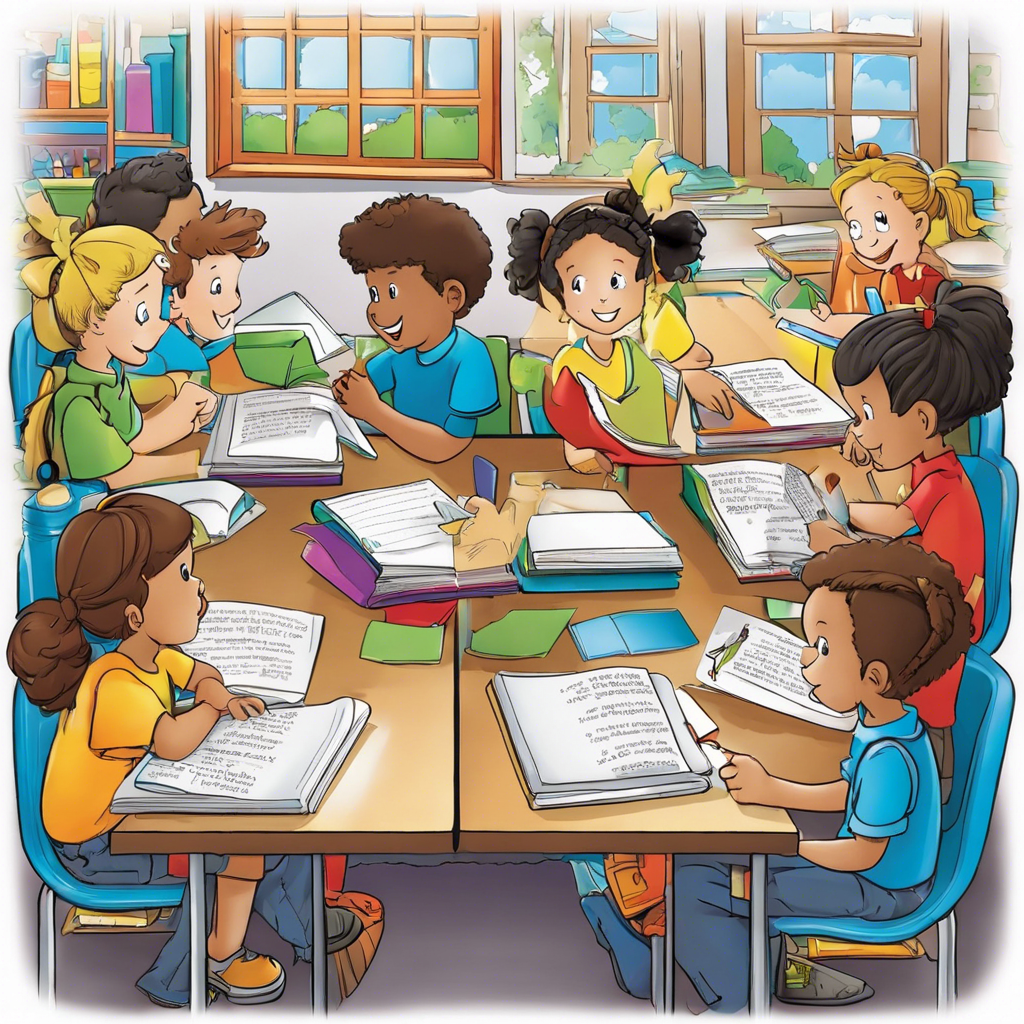Differentiated instruction positively impacts student learning by catering to diverse needs, offering tailored support, and fostering a growth mindset.
In today’s diverse classrooms, educators strive to meet the unique needs of each student. Differentiated instruction has emerged as a powerful teaching approach that recognizes and values individual differences, ensuring that every student receives the support they need to thrive academically. By tailoring instruction to students’ distinct learning styles, abilities, and interests, teachers can create an inclusive and engaging learning environment. This article explores the multifaceted impact of differentiated instruction on student learning and highlights its potential to transform the educational landscape.
Understanding Differentiated Instruction
Differentiated instruction is an educational philosophy that emphasizes adapting teaching methods to meet the diverse needs of students in the classroom. It involves a dynamic and responsive approach to instruction, catering to individual students’ learning styles, abilities, and interests. This approach empowers teachers to create a learning environment that is both inclusive and challenging, ensuring that all students are engaged and supported in their academic growth.
Catering to Diverse Learning Styles
One of the key principles of differentiated instruction is recognizing that students have different learning styles and preferences. Some students may excel in visual learning, grasping concepts through diagrams and images, while others are auditory learners, benefiting from lectures and discussions. Kinesthetic learners thrive through hands-on activities, and reading/writing-focused learners enjoy text-based assignments. By offering a variety of instructional methods and resources, teachers can effectively cater to these diverse learning styles.
Supporting Students’ Individual Needs
Differentiated instruction acknowledges that students have different academic abilities and learning needs. Advanced students may require more complex tasks and challenges to remain engaged, while struggling students need additional support and reinforcement. By implementing differentiated teaching strategies, educators can provide extra assistance to those who need it, while simultaneously offering enrichment activities for high-achieving students, ensuring that all learners are appropriately challenged.
Strategies for Differentiated Instruction
- Flexible Grouping: Dividing students into small groups based on their learning styles or academic needs allows for targeted instruction and collaborative learning.
- Tiered Assignments: Creating tasks with varying levels of complexity ensures that students work at their appropriate level, fostering a sense of achievement.
- Choice Boards: Offering a range of activities allows students to select tasks that align with their interests and learning preferences.
Benefits and Impact on Student Learning
Enhancing Student Engagement
Differentiated instruction significantly impacts student engagement. By providing tailored learning experiences, students are more likely to stay focused and motivated. When learners encounter content and activities that resonate with their interests and abilities, they become active participants in their education. This heightened engagement fosters a love of learning and encourages students to take ownership of their academic journey.
Improving Academic Performance
Research suggests that differentiated instruction positively influences academic performance. When students receive instruction that is tailored to their unique learning styles and abilities, they are more likely to succeed. This personalized approach helps struggling students overcome challenges and enables high-achieving students to reach their full potential. As a result, differentiated instruction contributes to improved test scores, higher grades, and increased overall academic achievement.
Fostering a Growth Mindset
One of the long-lasting impacts of differentiated instruction is the development of a growth mindset in students. When learners receive individualized support and see their efforts rewarded, they internalize the belief that intelligence and abilities can be developed through dedication and hard work. This mindset empowers students to embrace challenges, view mistakes as opportunities for growth, and persist in the face of setbacks. As a result, students become more resilient and develop essential skills for lifelong learning.
Answering Common Questions
How does differentiated instruction impact teachers’ workload?
Implementing differentiated instruction may initially require additional time and effort from teachers. Developing diverse lesson plans and assessments tailored to individual students can be demanding. However, with practice and experience, teachers often find that differentiated instruction becomes more manageable and efficient. Moreover, the positive impact on student engagement and learning can significantly reduce the need for remedial work and extra support, ultimately streamlining the teaching process.
Can differentiated instruction be implemented in all subject areas?
Differentiated instruction is a versatile approach that can be applied across various subject areas. Whether in language arts, mathematics, science, or social studies, teachers can adapt their instructional methods to cater to diverse learning styles and abilities. By incorporating differentiated strategies, educators ensure that all students, regardless of the subject, receive personalized support and engagement opportunities.
What are the potential challenges of implementing differentiated instruction?
While differentiated instruction offers numerous benefits, teachers may encounter challenges. These include managing the increased workload, finding resources for diverse learning styles, and assessing student progress effectively. Additionally, ensuring equitable access to resources and opportunities for all students, regardless of their background, is essential. Overcoming these challenges requires teacher training, access to diverse instructional materials, and a supportive school culture that values differentiation.
Conclusion
Differentiated instruction is a powerful tool for transforming the educational experience of students. By embracing students’ unique learning styles, abilities, and interests, teachers can create a learning environment that is both engaging and challenging. The positive impact on student engagement, academic performance, and the development of a growth mindset highlights the importance of differentiated instruction. As educators continue to explore and implement these strategies, they contribute to a more inclusive and effective education system, empowering students to reach their full potential.
## External Links:
1. [Differentiated Instruction: Meeting the Needs of All Students](https://www.scholastic.com/teachers/articles/teaching-content/differentiated-instruction-meeting-needs-all-students/) (Scholastic)
2. [The Power of Differentiated Instruction](https://www.edutopia.org/article/power-differentiated-instruction) (edutopia)
3. [Differentiated Instruction: A Guide for Teachers](https://www.teachthought.com/pedagogy/differentiated-instruction-guide-teachers/) (TeachThought)
